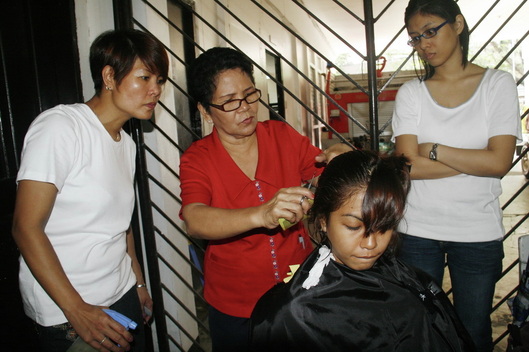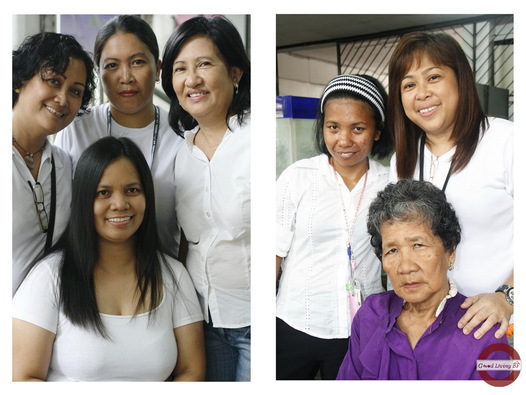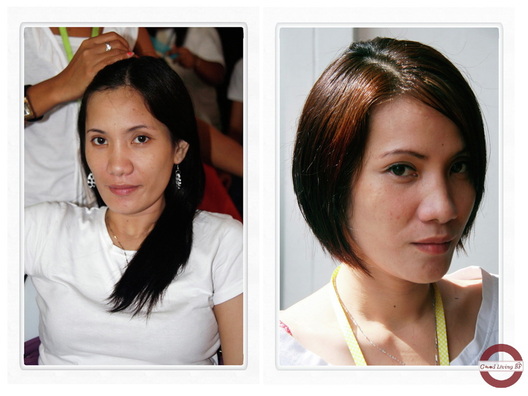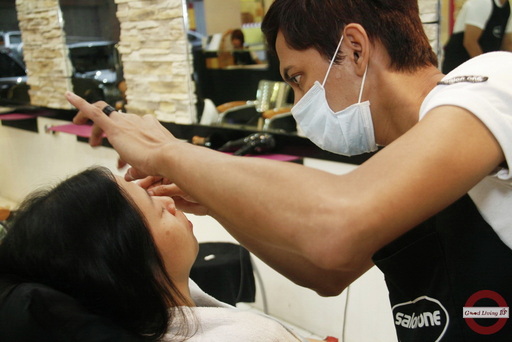I decided to join the 44-day cosmetology course, which was conducted at the BF Homes Barangay Livelihood Training Center, which provides center-based and area-based programs ranging from one-day seminars to 3-month courses for a minimum of 25 students.
The Cosmetology modules included all things relating to the hair--cutting, coloring, relaxing, straightening, styling, setting; make-up and facial treatments; manicure, pedicure, and foot spa; and waxing.
This being an introductory course, all the modules were very basic and rudimentary, pretty much what you would expect from a free course. Although the limited slots normally maxes out at 30, they decided to accommodate seven more--TESDA only opens the course when there is a minimum of 25 enrollees.
For the most part, the Center provides the supplies with the students acquiring their own as they go along. Punctilious attendance and behavior are mandated as are the use of uniforms (a white tee and our free t-shirt alternately) and IDs.
The final grade consists of the practical tests after each module and a written test at the end with an eye towards a TESDA certificate and accreditation upon graduation.
Then there are the rest--Birmar, Niery, Imelda, Jocelyn, Segundina, the inseparable Daisy and Vonette, our third Mary Ann, Romnick, Neil, and Aldrin, Stephanie, the trio Cecil, Citadel, and Vivian, Milen and Olive, Espy, and Pam, who at 61 proved that it's never too late to learn something new. Of the 37 who enrolled, only two dropped out.
Center for Aesthetic Studies it is not, but what it offers is a foundation for further learning and a set of skills that can only improve with experience and confidence.
The BF Barangay Livelihood Center can also strive for greater improvement like updating its materials, instructions, and supplies and creating a more conducive atmosphere for the seminars.
All in all, it was an enjoyable learning experience.






 RSS Feed
RSS Feed